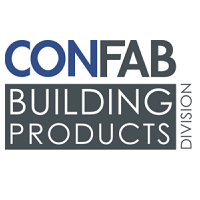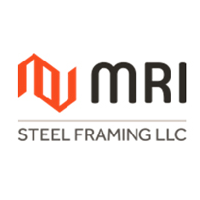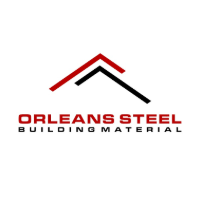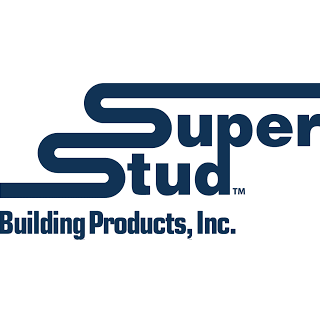| How Cold-Formed Steel is Made |
|
Cold-formed steel framing is made from strips of structural quality sheet steel that are fed through roll forming machines with a series of dies that progressively shape the steel into C-shaped sections, or formed into a variety of other shapes, including “U”, “Z”, and even hat-shaped sections, to meet the requirements of specific applications. Cold-formed steel framing members can be formed from a wide range of material thickness that enables them to meet the requirements of nearly all structural and non-structural applications. Cold-formed steel starts with the production of raw steel, which is made by combining iron ore or steel scrap with small amounts of carbon in a Basic Oxygen Furnace (BOF) or Electric Arc Furnace (EAF) Molten steel is poured into slabs that are reduced into thinner strips of steel, called “hot band.” Increasingly, steel mills are employing a new, very efficient process called direct reduction to make “hot band.”
In the steel finishing process, the hot band is reduced once again into “cold rolled steel.” A protective coating of zinc is then added through the galvanization process. The final product is called a “coil.” To convert coils into cold-formed steel framing members, they are first slit into widths that match the intended dimensions of the final product. The slit coils of cold-formed steel are formed into C-sections and other shapes usually by roll forming the steel through a series of dies. Penetrations for plumbing and electrical runs are also punched at pre-determined locations, helping reduce installation times. No heat is required to form the shapes (unlike hot-rolled steel), and thus the name cold-formed steel. A variety of steel thickness is available to meet a wide range of structural and non-structural applications. The cold-formed steel framing materials are then either used to build wall and floor panels, and roof trusses, or delivered to the job site in bundles.
Cold-formed steel is the preferred material for curtain walls and partitions in commercial construction due to its light weight, high strength, non-combustible nature and ease of installation, and for these same reasons is increasingly being use as the primary structural system for buildings up to 9 stories tall.
As a recognized green building material, steel framing projects can also earn credits or points for green building rating programs as well as other government incentives.
|



























